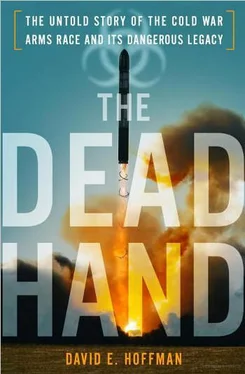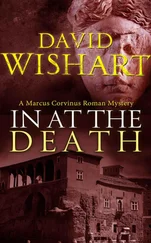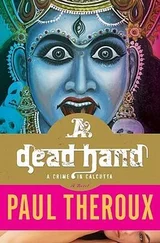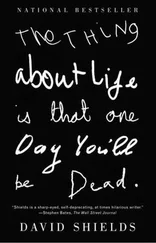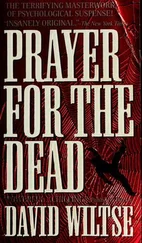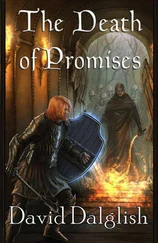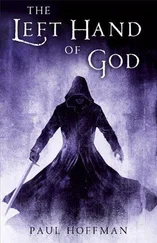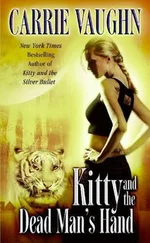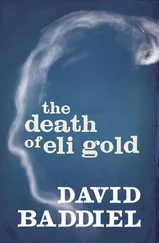Bush did not share Reagan’s hopes of eliminating nuclear weapons. He decided against an early summit with Gorbachev. Two days after Bush was inaugurated, Brent Scowcroft, his national security adviser, said, “I think the Cold War is not over.” 9Within a month of taking office in January 1989, Bush ordered a series of internal foreign policy studies, including one on U.S. policy toward the Soviet Union, which produced little and wasted months. “In the end, what we received was mush,” said Bush’s close friend and his new secretary of state, James A. Baker III. 10In general, Bush saw Gorbachev’s dynamic of change, but interpreted it as a competitive threat to the United States rather than an opportunity. “I’ll be darned if Mr. Gorbachev should dominate world public opinion forever,” Bush wrote to a friend March 13. 11
Baker recalled many years later that Bush paused in early 1989 primarily to put his own stamp on foreign policy, and because slowing down the pace with the Soviets would also help calm the right wing of the Republican Party. Baker said the pause was driven by these needs, and was not a response to Gorbachev or the situation in Moscow. The administration soon came up with the idea of “testing” Gorbachev, setting up hoops and demanding that Gorbachev jump through them. 12
On April 29, Defense Secretary Dick Cheney predicted in a televised appearance that Gorbachev would “ultimately fail.” 13Bush also found reinforcement from Scowcroft, who was extremely cautious because he feared that Gorbachev was trying to rope the United States into another period of détente in order to gain some advantage, as many felt had happened in the 1970s. “Once burned, twice shy,” Scowcroft said later. 14
When Baker visited Moscow on May 10, Shevardnadze told him Gorbachev was eager to eliminate the whole class of tactical, or short-range, nuclear weapons in Europe. “Do not dodge” the issue, Shevardnadze warned Baker. A day later, Gorbachev announced he was unilaterally withdrawing five hundred warheads from Eastern Europe, and promised even more if the United States would take similar steps. But Baker brushed off the proposal as a political ploy. 15On May 16, Marlin Fitzwater, the White House press secretary, told a press briefing that Gorbachev was throwing out arms control proposals like a “drugstore cowboy,” a slang term meaning someone who makes promises they can’t keep. 16
On July 20, the U.S. ambassador in Moscow, Jack F. Matlock Jr., met with Alexander Yakovlev, one of the leading architects of Gorbachev’s new thinking. “There is only one danger—nuclear weapons,” Yakovlev insisted, imploring the United States to accelerate negotiations. Matlock replied that Reagan’s dream of nuclear abolition was no longer on the table. “Reagan believed in the possibility of liquidation of nuclear weapons,” Matlock said. “Bush thinks that we need to reduce them to a minimum, but not liquidate them. He believes that without nuclear weapons the risk of war being unleashed would increase.” 17
While Bush delayed, Gorbachev’s ambitions for disarmament were as keen as ever. Katayev’s files contain a Politburo work plan on arms control and defense issues for 1989—with dozens of instructions and tight deadlines, starting in early January and running well into the next year—which underscored how the Kremlin wanted to move briskly on many fronts. The list, ten pages long, included the new initiative to reduce tactical or short-range nuclear weapons; the elimination of chemical weapons; publication of once-secret data on Soviet military spending; creating a global space organization; reducing foreign aid to other states in the Soviet bloc; boosting science and technology for the civilian sector; and downsizing the military-industrial complex. The list included directives to various ministries and agencies aimed at jump-starting defense conversion, or switching military production to civilian goods, with an aim of creating better living standards for a society staggering under shortages and economic hardship. 18
Katayev drafted a five-page instruction, prepared for the Central Committee’s approval in January 1989, laying out the rationale for a dramatic cut in Soviet weapons. The document is yet another powerful piece of evidence that Gorbachev at this point was pushing to slash military spending. The goal of defense cuts, the instruction said, was to free up resources “for accelerated development of the national economy” and provide for the most urgent everyday needs of the Soviet people. 19Another document in Katayev’s files shows that Soviet military spending peaked in 1989 and began a sharp decline thereafter. 20As promised, the Soviet army retreated from Afghanistan by February 15, when the last Soviet commander of the 40th Army, Lieutenant General Boris Gromov, walked back across the Amu Darya River bridge at Termez.
By late 1988 and early 1989, just as Bush was taking office, Gorbachev may have reached the zenith of his powers as a leader. It would have been an ideal time to seize the initiative and lock in a 50 percent cut in strategic weapons, as well as reductions in other systems, such as tactical nuclear weapons. A strategic arms treaty also might have been easier because Bush was not dazzled by Reagan’s grand dream of a defense against ballistic missiles that had proven so contentious in earlier years. But Bush hesitated.
In Moscow, Gorbachev’s room for maneuver soon began to shrink. The forces of freedom and openness he had unleashed began to overtake him, creating obstacles and open resistance: new forces of democracy at home; a sweeping tide of change in Eastern Europe; the reawakening of old nationalist dreams in the Soviet republics. On March 26, the first relatively free election since the Bolshevik Revolution was held for a new Soviet legislature, the Congress of People’s Deputies. In the balloting, the Communist Party leadership in Leningrad was turned out, pro-independence parties won in the Baltics and Yeltsin, the radical reformer, triumphed in Moscow. The Communist Party establishment took a shellacking. When the new legislature met for the first time from May 25 through June 9, Gorbachev ordered the proceedings broadcast on television. People stayed home from work to watch the broadcasts; the country was transfixed by debates that broke new ground in freedom of speech. One result was that Gorbachev, the party, the KGB and the military were lambasted with open and often trenchant criticism. The virus of freedom seemed to be spreading fast.
In China, Gorbachev’s visit in May brought the student protests for democracy in Tiananmen Square to a new level of intensity. They were suppressed by the massacre a few weeks later. Across Eastern Europe, ferment spread, especially in Hungary and Poland, where the Solidarity movement came out from the underground and won in the elections to parliament. On July 7, Gorbachev affirmed to leaders of the Warsaw Pact that the Soviet Union would not intervene to stop the juggernaut, and they were free to go their own way. During the same week, Akhromeyev, in his new capacity as an adviser to Gorbachev, had a remarkable tour of U.S. military installations during which he and Admiral William Crowe, chairman of the U.S. Joint Chiefs of Staff, openly debated how to end the arms race. 21Bush’s trip to Poland and Hungary in July exposed him to the torrent of change there. 22In his diary, Chernyaev captured the madness and the drama of these months. “All around Gorbachev has unleashed irreversible processes of ‘disintegration’ which had earlier been restrained or covered up by the arms race, the fear of war…” he wrote. Socialism in Eastern Europe is “disappearing,” the planned economy “is living its last days,” ideology “doesn’t exist any more,” the Soviet empire “is falling apart,” the Communist Party “is in disarray” and “chaos is breaking out,” he wrote. 23
Читать дальше
